26 Tips On How To Read People
To start, always get a baseline reading so you can distinguish personal quirks from real tells.

Notice others trying to read your baseline with seemingly innocuous questions like, "How are you today?"

Source: Psychology Today
When you have a chance to ask questions, be pointed and observe without interrupting.

Ex-FBI agent Joe Navarro provided several tips on how to read people in a questioning environment in an article in Psychology Today.
Vague, open-ended questions don't work, because if the person rambles it becomes difficult to detect any deception. Instead, ask question that require a straight answer.
And don't be intrusive. After asking a question, sit back and observe.
An expansive pose means somebody feels like they're in power; when they're more hunched, they feel powerless.
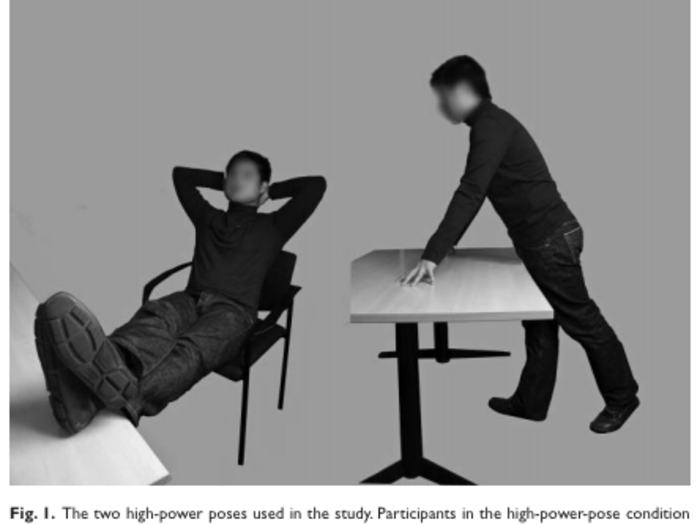
How somebody holds themself is a huge clue to how they're feeling. If they're leaning back and relaxed, they feel powerful and in control. Harvard Professor Amy Cuddy finds that expansive poses increase testosterone and confidence.
A closed off or low-power pose increases cortisol, a stress hormone.
How someone holds themself is a big hint as to their mindset.
Word choice provides insight into what people really mean.
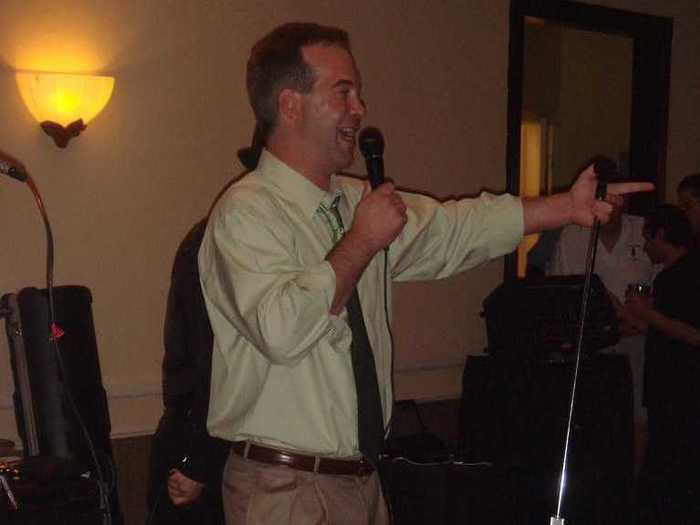
Here's an example of a word clue that retired FBI special agent Dr. John R. Schafer identified in his column:
"I won another award"
The Word Clue "another" conveys the notion that the speaker won one or more previous awards. This person wanted to ensure that other people know that he or she won at least one other award, thus bolstering his or her self-image. This person may need the adulation of others to reinforce his or her self-esteem. Observers could exploit this vulnerability by using flattery and other ego-enhancing comments.
There are an array of non-verbal authority signals leaders use.

Whether they're innate or learned, there are a number of signals and behaviors people use when they feel that they're a leader, or are trying to convince you that they are. They include:
- Erect posture
- Purposeful walking
- Steepling and palm down hand gestures
- Open and expansive body postures
Always watch the hands. Palm up gestures indicate submission, palm down gestures indicate power.

The language of the hands can be very complex. The New York Times quotes gesture expert Adam Kendon's “Gesture: Visible Action as Utterance,”:
"Gestures of the Open Hand Prone or “palm down” family are used in contexts where something is being denied, negated, interrupted or stopped, whether explicitly or by implication. Open hand Supine (or “palm up”) family gestures, on the other hand, are used in contexts where the speaker is offering, giving or showing something or requesting the reception of something."
Crossed legs are are usually a sign of resistance and low receptivity, and are a bad sign in a negotiation.
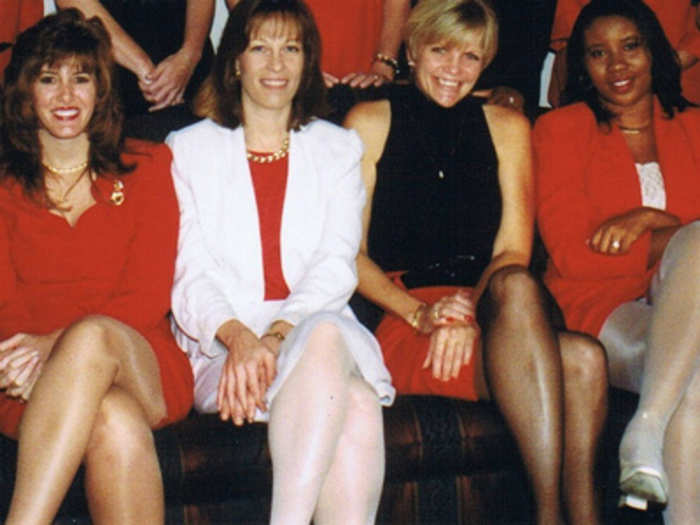
Out of 2000 negotiations videotaped by Gerard I. Nierenberg and Henry H. Calero, the authors of "How to Read a Person Like a Book," there wasn't a single settlement when one of the negotiators had their legs crossed.
High activity levels, like a bouncing foot or animated gestures, indicate interest and excitement.

Source: Eric Barker
Always know your biases, and be wary of the power of attraction.

When you already like or dislike somebody, you are naturally going to respond in a different way to a compliment or perceived slight. Be wary of these stronger responses.
We're also unconsciously swayed by attractive people, even when we try to fight it.
When a person leans with their torso away from you, this can mean that the person is going through a moment of stress.

Source: Psychology Today
Gestures like touching the forehead or the rubbing of palms against thighs are indicators of stress as well.
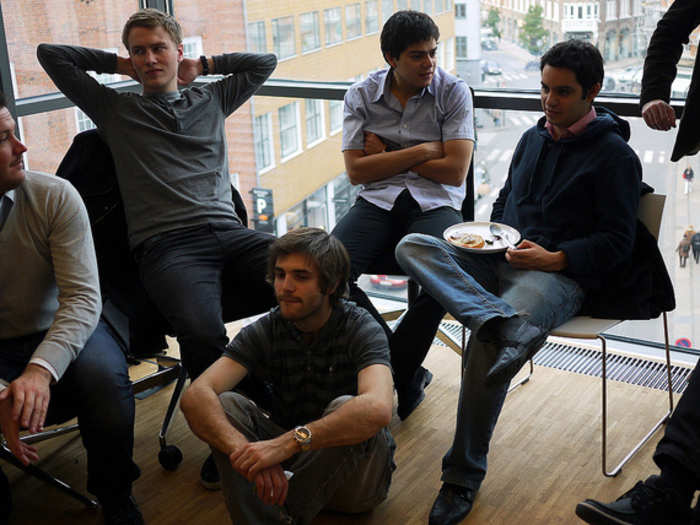
Source: Psychology Today
Facial clues of distress and discomfort include the furrowing of the brow, clenching of jaws, lip compression, or the tightening of face and neck muscles.

Source: Psychology Today
If someone closes their eyes for a moment (longer than a simple blink), takes the time to clear their throat, or asks to repeat a question, he or she is probably stalling.

Source: Psychology Today
A lack of eye contact, or excessive blinking or fidgeting are signs that a person may be lying — but these are also signs of anxiety, and many liars are still easily able to look you in the eye and spew deceit.

Source: Psychology Today
Once you have a baseline, look for clusters rather than a single tell.
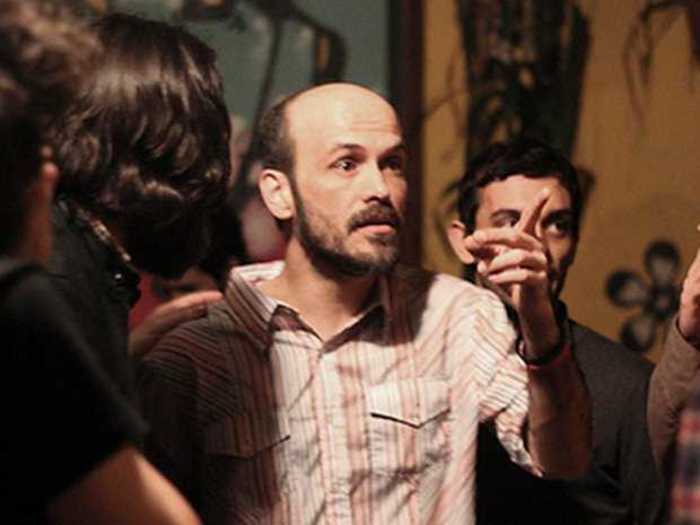
Single tells are very easy to seize upon as confirmation of what you already think or hope, even when they differ from the baseline. The most successful tactic is to ignore or de-emphasize single gestures, and focus on patterns or clusters of tells.
Be aware of context. Crossing arms doesn't mean anything if its cold.

It's easy to seize on these body language cues, but it's important to be aware of the context. People are also more likely to cross their arms when their chair doesn't have an armrest, and look away if they're facing a bright window.
Be aware of the environment before making a decision or changing strategy based on these types of behaviors.
Watch out for people that subtly imitate your gestures and expressions.
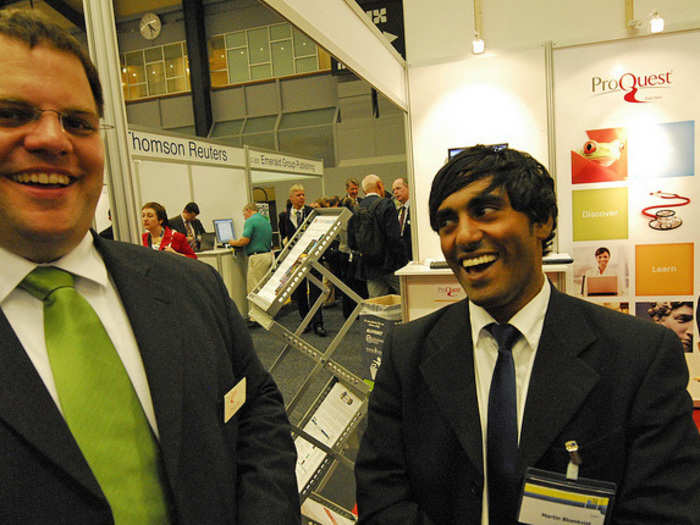
Subtle imitation has been found to increase sales, and make people more persuasive. If you see someone pick up your gestures, expressions, or even accent, they're probably trying to seem more sympathetic and sell you something.
Other potential indicators of deceit are descriptive vagueness or a quavering voice.

Source: Psychology Today
Touching the notch in the front-middle of the neck can means that the person is trying to protect themselves — suggesting discomfort, especially in women.

Source: Psychology Today
Pupil constriction and squinting can mean that a person is bothered by what he or she is seeing.

Source: Psychology Today
A long, audible exhale — known as a cathartic exhale — means that the person is under severe emotional distress.

Source: Psychology Today
To improve your technique at spotting signs, observe children and what they do when they try to tell a white lie.

Professional poker player (and former cognitive psychology doctoral student) Annie Duke suggests turning to kids to help glean information.
Adults learn how to tell white lies in order to survive social interactions, but children haven't learned this skill yet. They're terrible at lying, and each sign of deceit is magnified because of their ineptitude.
Naturally some individuals are better than others at lying. Those that aren't well versed in all the tricks of the trade will exhibit some of the signs that kids do when they lie.
Most things people say try to accomplish one of four goals: to be a mover, opposer, follower, or bystander.
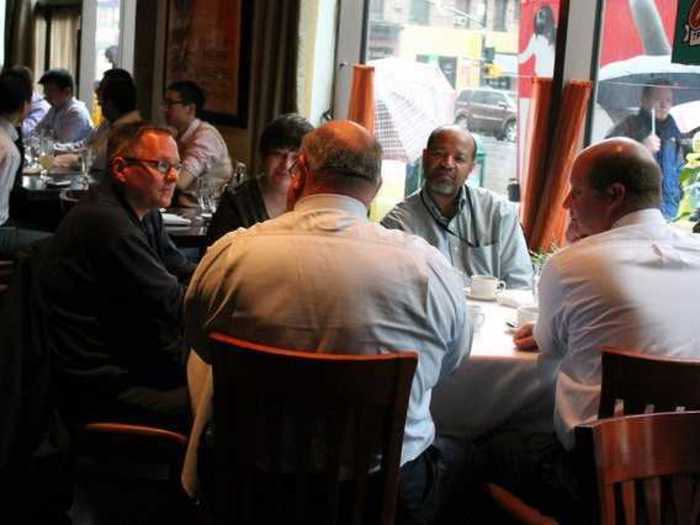
Every statement people make gives a clue about their goals. Systems therapist David Kantor divides them into four types. Those that try to move towards their goal, oppose the current speaker, join onto another's group or idea, or stand by to make up their mind.
Each requires a different response, he says. You don't want to oppose an op poser, that just leads to conflict.You might try bystanding, to pause the sequence a bit, then follow by acknowledging that the person's concerns are legitimate. Finally, move by establishing your own point of view or a way to discuss the problem better
When practicing reading people, get feedback about your accuracy. If not, you'll never know if you're improving.
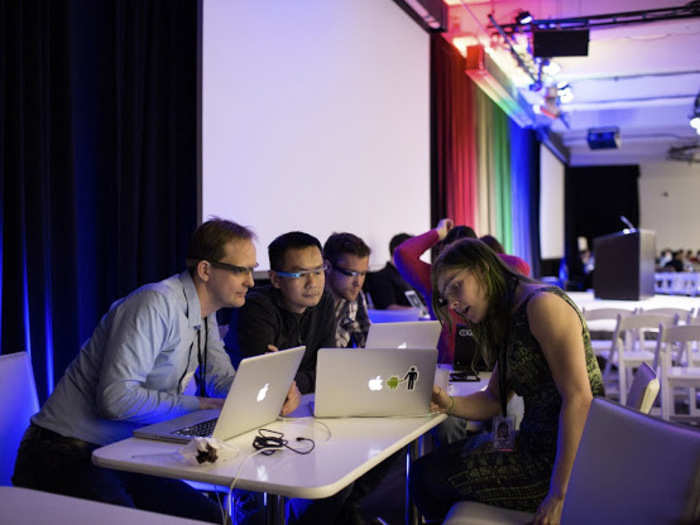
Source: Psychology Today
Learning how to read people must occur over time — a weeklong crash course won't cut it.

Attending a brief training session won't do much, asserts Claremont McKenna College leadership & psychology professor Dr. Ronald Riggio in his column. In order to get better you must constantly be practicing the skills needed. Structured training modules aren't required to improve — many have been able to develop the skill by constantly listening and observing actively in every day life.
Now learn more about motivation and psychology

Popular Right Now
Popular Keywords
Advertisement